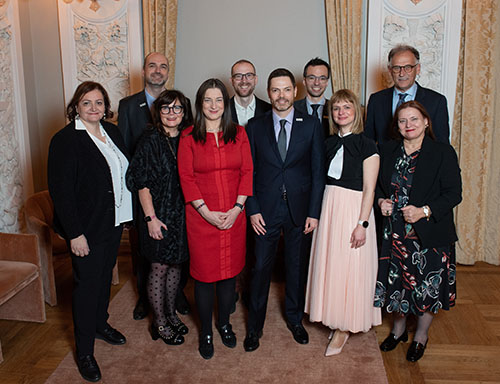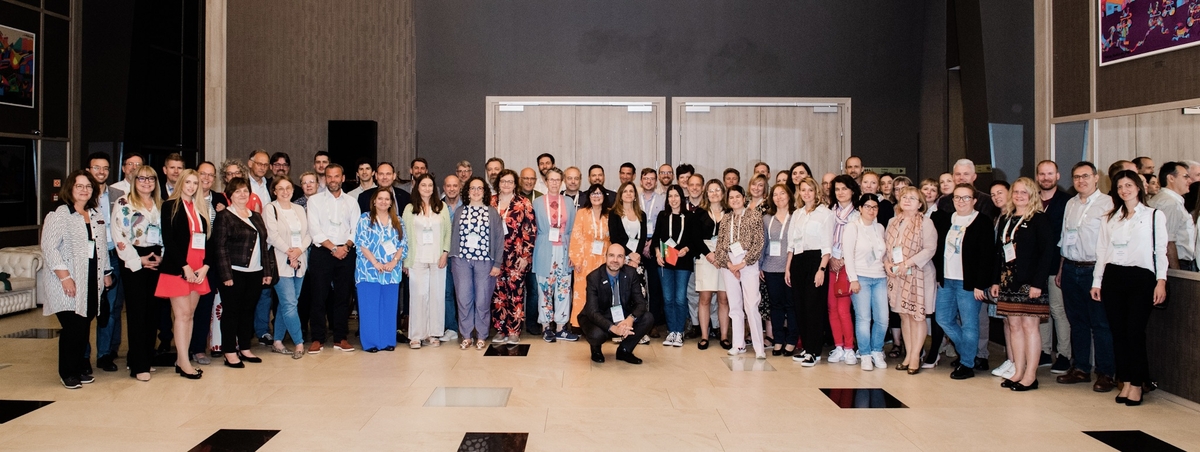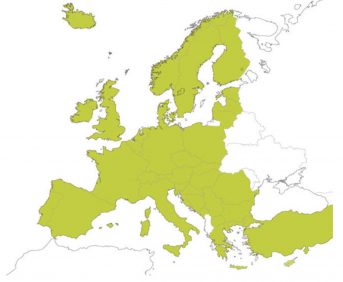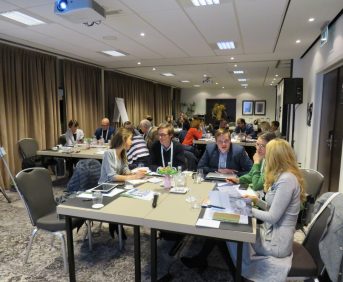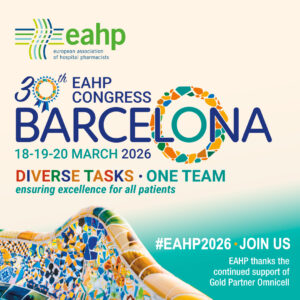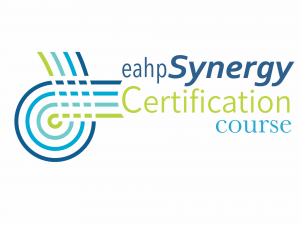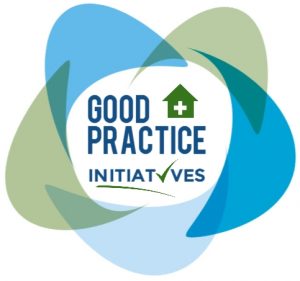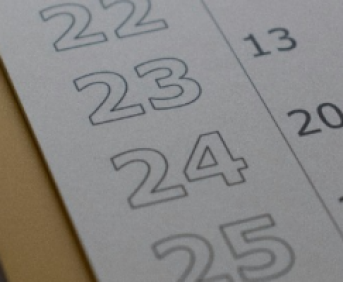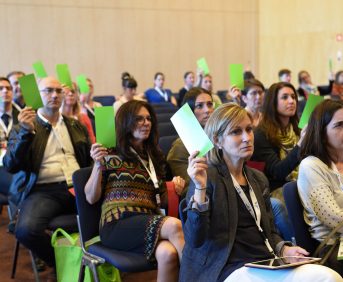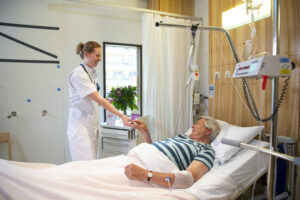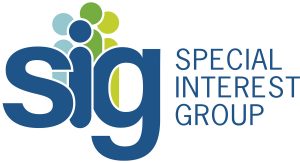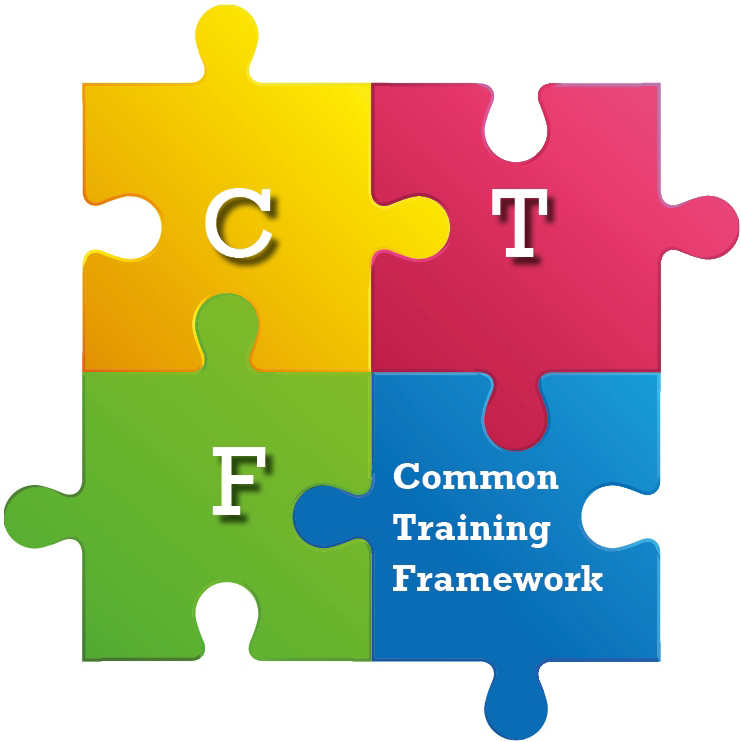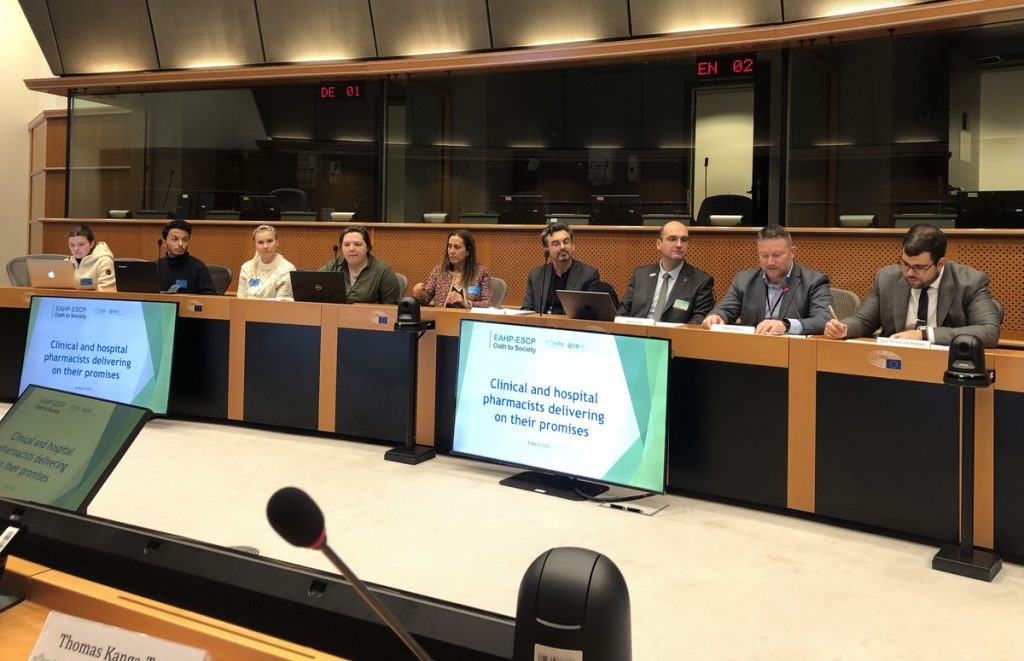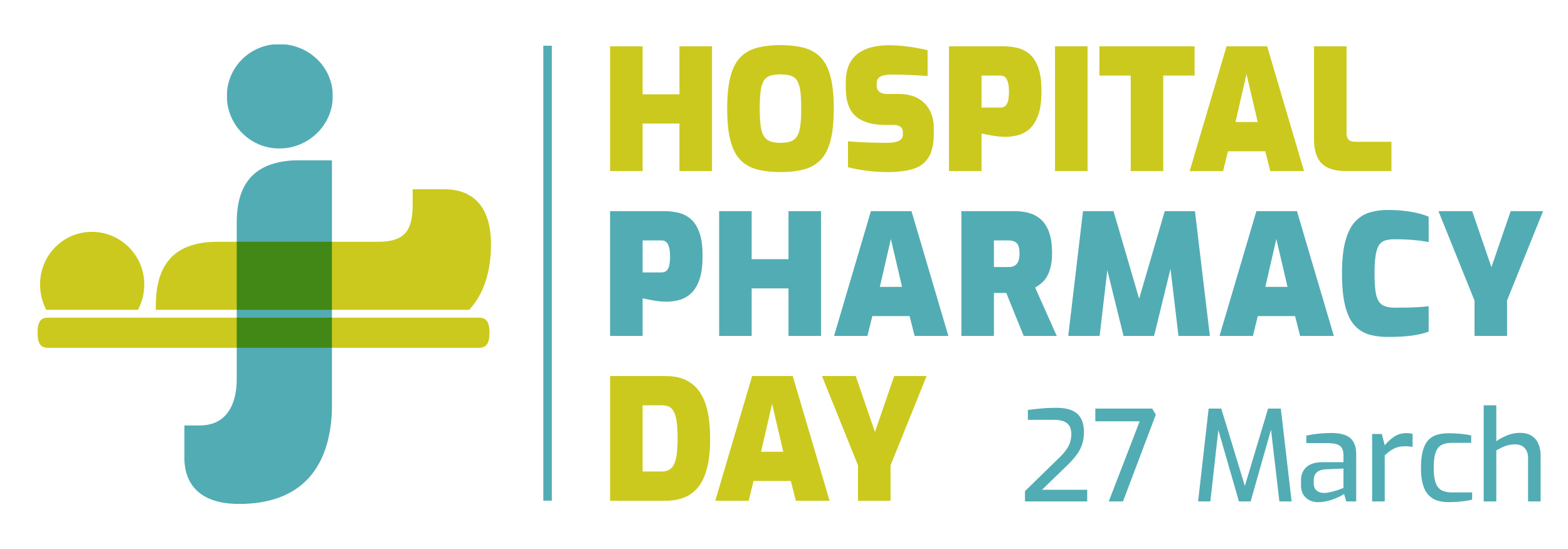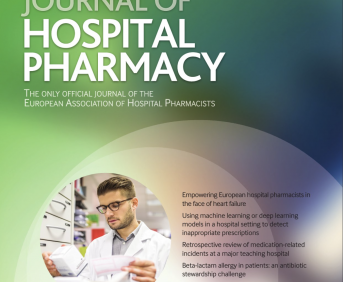How to be in friendzone: geriatric and pharmacy ?
European Statement
Clinical Pharmacy Services
Author(s)
François TISSERAND, Pierre MENAGER, Alexandre NAVID, Léa ROUSSET, Adeline BANNIER, Julie MORIO, Hélène PERRIER, Elsa JOUHANNEAU
Why was it done?
The geriatricians contacted the pharmacy to deliver training courses to the geriatric residents. This has enabled pharmacists to develop a close relationship with geriatricians to offer them clinical pharmacy activities in their ward. Geriatricians were familiar with clinical pharmacy, in particular the medication reconciliation, which is used to perform the former in other hospitals. Geriatricians are concerned with iatrogenic illness and therefore see medication reconciliation and pharmaceutical analysis as a relevant approach to clinical pharmacy.
What was done?
A successful model of partnership between Geriatrics and Pharmacy has been created and developed.
How was it done?
A first meeting was held between geriatricians and pharmacists. It was decided a pharmacy resident would be dedicated to a given geriatrician. This first resident’s objectives are to follow the medical rounds and to carry out medication reconciliations upon admission and discharge. Pharmaceutical support has enabled real-time validation for the prescription of the appropriate drugs. As the internship progressed, the resident became the privileged interlocutor for a Pharmacy-Unit relationship.
What has been achieved?
To date, 37 medication reconciliations were carried out, where the resident followed 2 medical rounds per week over 17 weeks. All unintentional discrepancies were corrected (n=13). Concerning the appropriateness of prescriptions, 16 inappropriate medications were stopped. During the medical rounds, 34% of the therapeutic problems (n=35) were related to inappropriate drug according to guidelines, 17% to dosing errors, 14% to drugs without indication. More than 50% of pharmaceutical interventions were judged capable of preventing harm that requires increased monitoring or treatment or lengthening of the hospital stay (63%). During this period, 54 questions were asked and discussed between the resident and the geriatrician to improve patient care. At the geriatricians’ request, two courses were organized about non mastered topics. On the ward, the resident acted as a go-between for a number of issues such as referencing medical devices, rearranging the storage of medicines or finding the right contact person for information activities.
What next?
What has been done needs to be continued and improved. A pharmacist-geriatrician cross-training should be implemented soon. New activities with pharmacist-geriatrician interactions are being created, such as day hospitalization for falls in the elderly population and a geriatric emergency unit.
